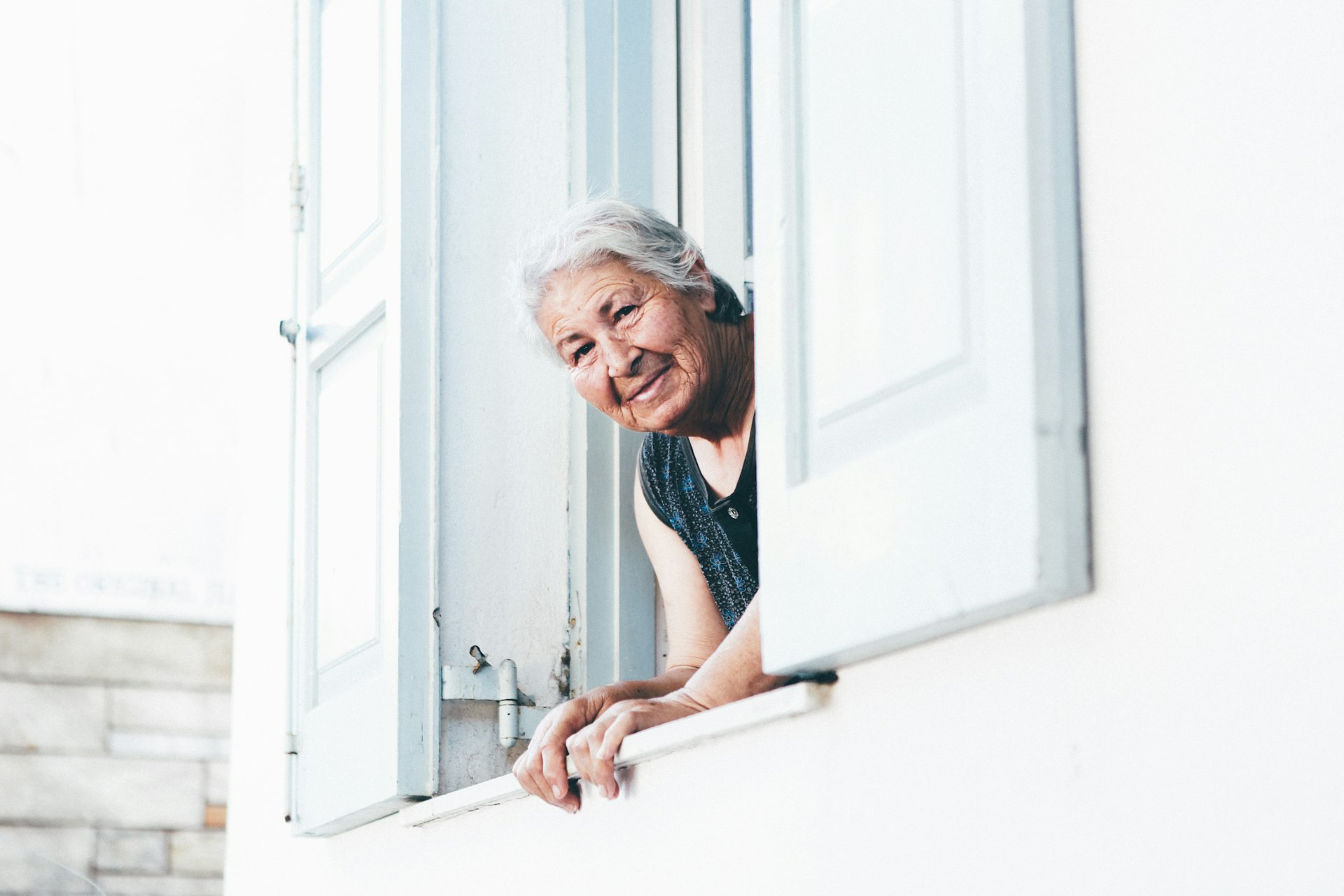A Guide to Probiotic-Rich Salad Dressings: Enhance Flavor and Support Gut Health

Photo by Nataliya Melnychuk on Unsplash
Introduction to Probiotic-Rich Salad Dressings
Incorporating probiotic-rich salad dressings into your meals is a flavorful way to support your digestive health and overall well-being. With growing awareness of the importance of gut health, these dressings offer a simple yet effective means to introduce beneficial bacteria into your daily routine. Probiotic dressings are available in both store-bought and homemade varieties, catering to a wide range of tastes and dietary preferences. This guide will provide a comprehensive overview of their benefits, examples of brands and recipes, and practical steps for adding them to your lifestyle.
What Are Probiotic-Rich Salad Dressings?
Probiotic-rich salad dressings are sauces or toppings for salads that include live, beneficial bacteria known as probiotics. These microorganisms are known to help maintain a healthy balance in the gut microbiome, which is linked to improved digestion, immune function, and even mental health [4] . Common sources of probiotics in dressings include fermented dairy (like kefir or yogurt), fermented vegetables, and even certain vinegars.

Photo by kk leung on Unsplash
Health Benefits of Probiotic-Rich Salad Dressings
The primary benefit of consuming probiotic-rich dressings is the potential to support and maintain a balanced gut microbiome. Scientific research has shown that a healthy gut can:
- Boost the immune system
- Enhance nutrient absorption
- Improve digestion and reduce symptoms like bloating
- Support mental health via the gut-brain axis [4]
- Assist with allergy management in some cases
By choosing dressings that include ingredients like kefir, yogurt, or fermented vegetables, you can enjoy these benefits in a way that fits seamlessly into your diet.
Popular Store-Bought Probiotic Salad Dressing Brands
For those seeking convenience, several brands now offer probiotic-rich salad dressings. These products are designed to deliver both taste and health benefits, often using organic and plant-based ingredients.
One example is the Loli’s Probiotic Dressing Sampler , which offers a trio of flavors: Probiotic Ranch, Green Goddess, and Caesar. These dressings are plant-based, organic, and have received positive customer feedback for both taste and health benefits [1] . They can be used not only on salads but also as dips or marinades, making them a versatile addition to your kitchen.
Another option comes from Cleveland Kitchen , a company known for its fermented vegetable-based dressings. These products provide a probiotic boost thanks to the inclusion of fermented foods, helping consumers add beneficial bacteria to their diets in a convenient form [5] .
Availability may vary by location, so it’s recommended to check the official websites of these brands or visit natural food stores to find these dressings. If you are unable to locate them in stores, searching for “probiotic salad dressing” on major online retailers can be an effective strategy.
Making Your Own Probiotic-Rich Salad Dressings at Home
Homemade probiotic-rich salad dressings offer full control over ingredients and can be customized to your taste and dietary needs. Common probiotic bases include kefir, yogurt, and fermented vegetables.
For example, a popular recipe is the zesty cilantro lime kefir dressing , which combines probiotic-rich kefir with lime juice, herbs, and spices for a tangy, nutritious option [4] . Another set of recipes includes tahini- and mustard-based dressings, which can be enhanced with fermented ingredients or probiotic-rich vinegars. Step-by-step video guides and detailed recipes are available online, including on platforms like YouTube and specialized food blogs [3] .
To make your own probiotic dressing, follow these general steps:
- Choose a probiotic base, such as kefir, yogurt, or brine from fermented vegetables.
- Add flavorful ingredients like herbs, spices, citrus juice, or mustard.
- Blend until smooth and refrigerate the dressing to preserve the live cultures.
- Use within a week to ensure maximum probiotic potency.
Homemade options are ideal for those with dietary restrictions or anyone who prefers fresh, preservative-free dressings.
Tips for Finding and Using Probiotic-Rich Dressings
When shopping for probiotic-rich dressings, look for terms such as “live cultures,” “fermented,” or specific probiotic strains listed on the label. Check the refrigerated section, as live cultures are typically not shelf-stable. For homemade dressings, use high-quality ingredients and store them properly to maintain the benefits of probiotics.
If you are new to these products, try a sampler pack-like the one offered by Loli’s-to explore different flavors and find your favorites [1] . For those on specific diets (e.g., keto, vegan), verify that the ingredients align with your nutritional needs. Some dressings may be higher in sodium or fat, so review nutrition labels if you have dietary concerns [2] .
To locate brands in your area, you can:
- Visit health food stores and check their refrigerated salad dressing section.
- Ask staff about probiotic or fermented dressings, as they may be stored separately from shelf-stable options.
- Search for “probiotic salad dressing brands” using your preferred search engine or browse online marketplaces.
- Visit official brand websites for product locators and online ordering information.
For those preferring homemade options, many reputable food blogs and video channels provide easy-to-follow recipes. Start with simple recipes and experiment with new flavors as you become familiar with probiotic ingredients.
Potential Challenges and Solutions
While probiotic-rich salad dressings offer notable benefits, there are a few challenges to consider:
- Availability: Not all stores carry these products. If unavailable locally, consider making your own or ordering directly from brand websites.
- Shorter Shelf Life: Live cultures require refrigeration and may have a shorter shelf life than traditional dressings. To address this, buy in smaller quantities and consume promptly.
- Flavor Adjustment: Fermented and probiotic dressings may taste different from conventional options. Start with milder varieties and gradually introduce more robust flavors.
- Dietary Restrictions: Always check for allergens and ingredient compatibility with your dietary preferences. Most brands clearly label their products, but for homemade versions, you have full control.
Alternative Approaches and Related Products
If probiotic-rich dressings are not available or suitable for your needs, you can still add probiotics to your meals by:
- Including fermented vegetables (like sauerkraut or kimchi) as salad toppings.
- Using probiotic-rich yogurts in place of traditional dressings.
- Adding a splash of live-culture vinegar, such as raw apple cider vinegar, to your dressing recipe.
These alternatives allow for flexibility and can be tailored to your taste and dietary requirements.
Key Takeaways
Probiotic-rich salad dressings are an accessible and enjoyable way to incorporate gut-friendly bacteria into your meals. Whether you opt for store-bought brands like Loli’s or Cleveland Kitchen, or prefer to craft your own at home, these dressings can elevate both flavor and nutrition. Be mindful of availability, shelf life, and individual dietary needs as you explore these options. For up-to-date product availability and recipes, consult official brand websites or reputable food blogs. As research continues to highlight the link between gut health and overall wellness, integrating probiotic-rich foods into your diet is a step towards a healthier lifestyle.
References
- [1] Loli’s (2025). 3-Pack Probiotic Dressing Sampler product page and customer reviews.
- [2] Cozymeal (2025). 14 Healthiest Salad Dressings To Try in 2025.
- [3] WholeShenanigans (2024). 3 Probiotic Dressings Better Than Store-bought Ranch (Video & Recipes).
- [4] Lifeway Kefir (2025). Zesty Cilantro Lime Kefir Salad Dressing Recipe & Gut Health Benefits.
- [5] Cleveland Kitchen (2025). How To Make Dressing Healthy – Fermented Veggie Dressings.
MORE FROM hotondeals.com













